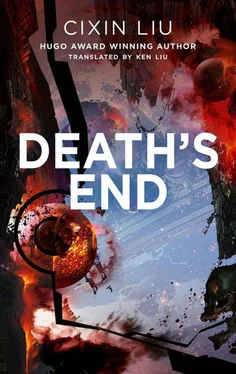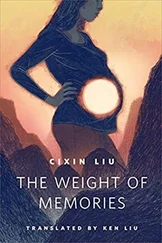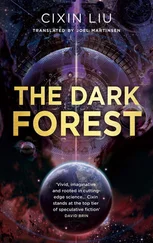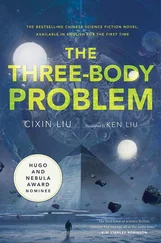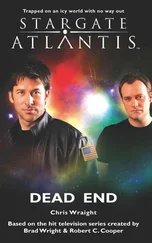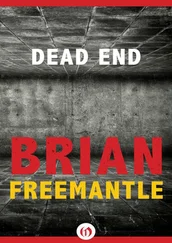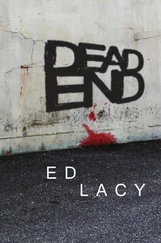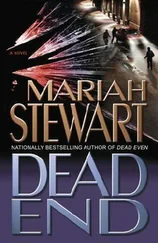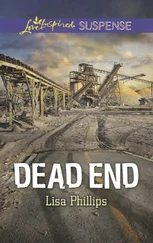“Scientists realized that in terms of data longevity, storage devices from our time were better. They found some USB flash drives and hard drives from the Common Era and some still had recoverable data! Experiments showed that if these devices were of high quality, information was safe on them for about five thousand years. The optical disks from our era were especially resilient. When made from special metal, they could reliably preserve data for a hundred thousand years. But none of these were a match for printed material. Special ink printed on composite paper could be read in two hundred thousand years. But that was the limit. Our conventional data storage techniques could preserve information for two hundred thousand years, but we needed to get to a billion!
“We informed the government that, given current technology, preserving ten gigabytes of images and one gigabyte of text—that was the basic information requirement for the museum—for one billion years was impossible. They wouldn’t believe us, and we had to show them the evidence. Finally, they agreed to lower the requirement to one hundred million years.
“But this was still an extremely difficult task. We looked for information that had survived for such a long time. Patterns drawn on prehistoric pottery survived about ten thousand years. Cave paintings in Europe were from about forty thousand years ago. If you count the markings made on stones back when our ancestors, the hominids, made the first tools as information, then the earliest instances occurred during the Pliocene, two point five million years ago. And we did indeed find information left one hundred million years ago, though it wasn’t left by humans: dinosaur footprints.
“The research continued, but there was no progress. The other specialists had obviously reached conclusions, but they didn’t want to speak up. I told them, ‘Don’t worry about it. Whatever conclusions you’ve reached, no matter how bizarre or outrageous, we must accept them if there are no alternatives.’ I promised them that there was nothing that could be more bizarre and outrageous than what I’d gone through, and I would not laugh at them. So they told me that, according to the most advanced theories and techniques in every field, based on extensive theoretical research and experimentation, through analysis and comparison of multiple proposals, they did find a way to preserve information for about one hundred million years. And they emphasized that this was the only method known to be practicable. Which is—” Luo Ji lifted the cane over his head, and as his white hair and beard danced in the air, he resembled Moses parting the Red Sea. Solemnly, he intoned, “—carving words into stone.”
AA giggled. But Cheng Xin wasn’t laughing. She was stunned.
“Carving words into stone.” Luo Ji pointed at the walls of the cavern.
Cheng Xin walked to one of the walls. In the dim light, she saw that it was covered with dense, carved text, as well as images in relief. The wall was not the original rock, but seemed to have been infused with metal, or perhaps the surface had been coated with some durable titanium alloy or gold. Fundamentally, however, it was no different from carving words into stone. The carved text wasn’t small: each character or letter was about a square centimeter. This was another feature intended to help with information longevity, as smaller text tended to be harder to preserve.
“Of course, this approach meant that the information storage capacity was greatly reduced, leaving us with less than one-ten-thousandth of the planned amount. But they had no choice but to accept this limitation,” Luo Ji said.
“These lamps are really strange,” said AA.
Cheng Xin looked at the lamp on the cave wall. First, she noticed its shape: an arm poking out of the wall holding a torch. She thought this was a familiar design, but clearly that wasn’t what AA meant. The torch-shaped lamp seemed very clumsy. The size and structure resembled an ancient searchlight, but the light it emitted was very weak, about the same as an ancient twenty-watt incandescent light bulb. After passing through the thick lampshade, the light was not much brighter than a candle.
Luo Ji said, “Back that way is the machinery dedicated to providing electricity to this complex, like a power plant. This lamp is an amazing accomplishment. There’s no filament or excitable gas inside, and I don’t know what the luminous element is, but it can continue to glow for a hundred thousand years. The doors you came through should continue to be operable under normal conditions for five hundred thousand years. After that, the doors will deform and whoever wants to come in will have to break them down. By then, these lamps will have gone out more than four hundred thousand years earlier, and darkness will reign here. But that will be but the start of the journey of a hundred million years.”
Cheng Xin took off a space suit glove and caressed the characters carved into the cold stone. Then she leaned against the cave wall and stared woodenly at the lamps. She realized where she had seen this design: the Panthéon in Paris. A hand holding a torch just like the one on Rousseau’s tomb. The faint yellow lights before her now didn’t seem to be electric, but like tiny flames about to go out.
“You are not very talkative,” Luo Ji said. His voice was suffused with a solicitousness that Cheng Xin had long missed.
“She’s always been like that,” said AA.
“Ah, I used to love to talk, and then I forgot how. But now I’ve learned again. I can’t stop chattering, like a kid. I hope I’m not bothering you?”
Cheng Xin struggled to smile. “Not at all. It’s just that… looking at all this, I don’t know what to say.”
True. What was there to say? Civilization was like a mad dash that lasted five thousand years. Progress begot more progress; countless miracles gave birth to more miracles; humankind seemed to possess the power of gods; but in the end, the real power was wielded by time. Leaving behind a mark was tougher than creating a world. At the end of civilization, all they could do was the same thing they had done in the distant past, when humanity was but a babe:
Carving words into stone.
Cheng Xin examined the carvings on the wall carefully. They began with the relief carving of a man and a woman, perhaps an attempt to show future discoverers what humans looked like. But unlike the stiff bearing of the drawings of the man and woman on the metal plaque carried by the Pioneer probes during the Common Era, the two cave carvings were done with lively expressions and postures, evoking Adam and Eve.
Cheng Xin walked along the wall. After the man and the woman came some hieroglyphs and cuneiforms, probably copied from ancient artifacts—it was possible that some of them were not even intelligible to modern men and women, and if so, how would future extraterrestrial discoverers understand them? Going further, Cheng Xin saw Chinese poetry—or, at least, she could tell the carvings were poetry based on the arrangement of the characters. But she didn’t recognize any of the characters; she could only tell they were in Great Seal Script.
“That’s the Classic of Poetry, from a millennium before the time of Christ,” Luo Ji said. “If you keep on walking, you’ll see fragments of Classical Greek philosophy. To see letters and characters that you can read, you’ll have to walk tens of meters.”
Under the Greek letters, Cheng Xin saw another relief, which seemed to portray ancient scholars in simple robes debating in an agora surrounded by stone columns.
Cheng Xin had a strange idea. She turned back and looked near the beginning of the cave carvings, but didn’t find what she was looking for.
“You are looking for a Rosetta Stone?” Luo Ji asked.
Читать дальше
